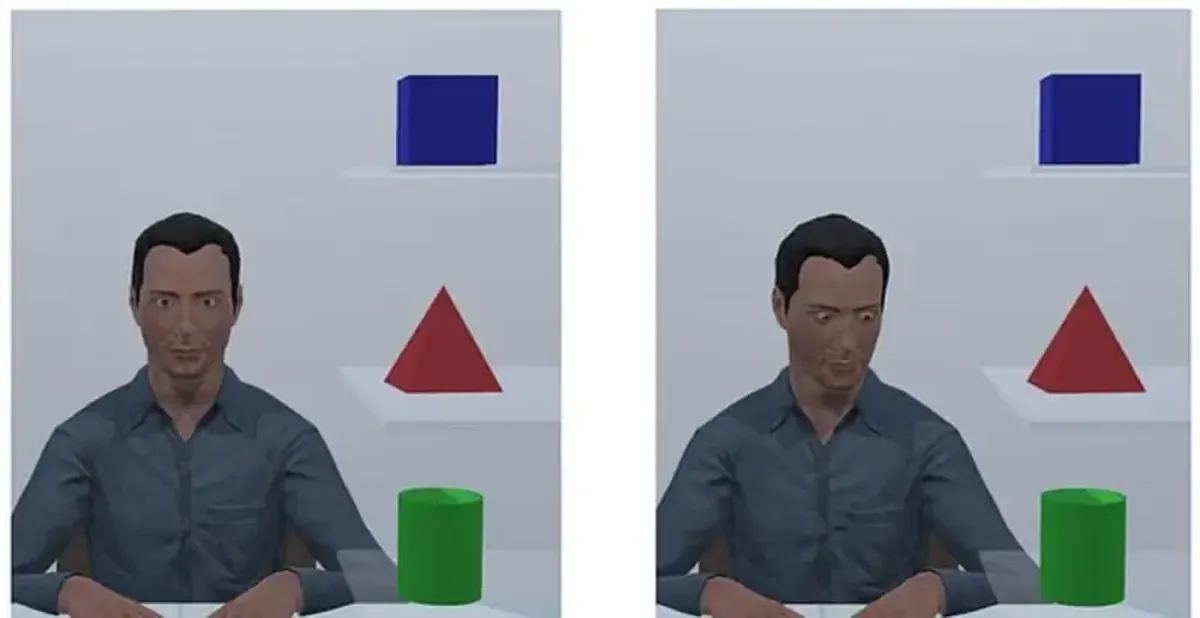
Do you remember the rich palette of expressions that Mr. Bean had? Masterfully using it, he silently conveyed a multitude of desires and feelings.
Now, perhaps not just a movie character, but anyone interested can also signal their wishes to others without words or gestures.
A team of researchers from Flinders University in Adelaide, Australia, has explored the role of visual contact in how we understand one another.
The scientists discovered that the best way to show what we want is to look at the object, establish eye contact with the person, and then look back at the same object.
They assert that this sequence and synchronization of gaze makes it more likely for people to interpret eye movements as a compelling request.
Not only the frequency of glances but also the “context of eye movements makes behavior communicative and appropriate,” said lead author Nathan Caruana.
His team asked 137 volunteers to complete a task of collecting geometric shapes alongside a virtual partner. During this engaging process, they had to determine whether the partner was merely looking at one of three objects or actually desired it.

In an article published in the journal Royal Society Open Science, the researchers reported: “Participants were most likely and quickest to perceive a request when eye contact occurred between two diverted gazes directed at the same object.”
The team believes their findings will be beneficial for those looking to communicate effectively with others in social contexts related to nonverbal communication. For instance, during sports competitions, military operations, or in noisy environments, the Daily Mail reported.
This trick could also assist those who heavily rely on visual cues, such as individuals with hearing impairments or autism.
One previous study highlighted the significance of eye contact between humans and birds, particularly when a person needed to protect their chips from pesky seagulls.
Dr. Niltje Bugert, a behavioral ecology expert at the University of Exeter who participated in that study, noted: “Seagulls are afraid of human gaze and are less likely to approach your food if you are staring at them.”
